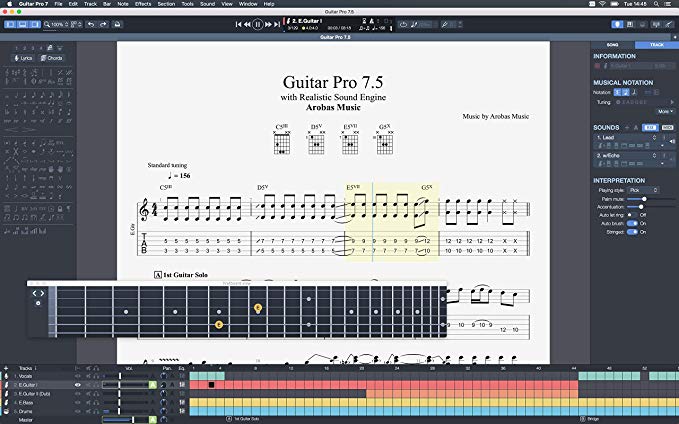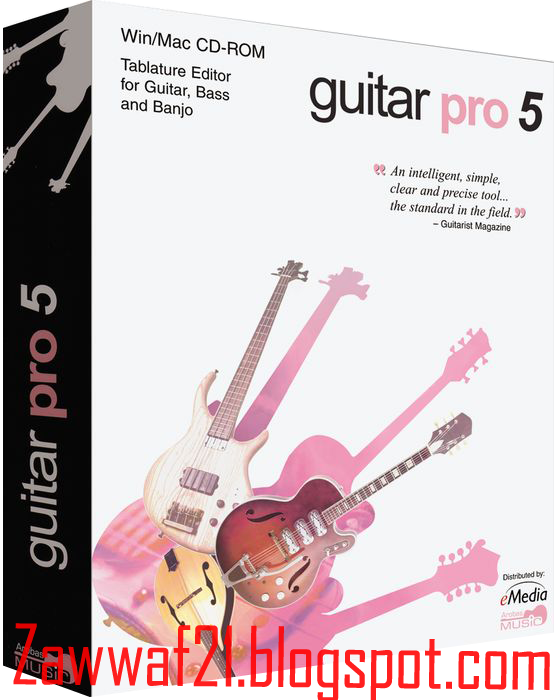

Guitar Pro displays the tab notation below the standard staff notation so even if you can't really read music you can at least learn what symbols represent different note durations, like half notes, quarter notes, etc. Although tab files are helpful even in text format, these notations typically don't tell you much about the notes' duration you can guess at it if you know the time signature since each bar has 4 beats in 4/4 time, but you can't hear a text file. In fact, I'm guessing that Lutists tabbed Louie Louie back in the 1400's - though they could never quite decipher the lyrics. Typically these have been written in ASCII text format like the following (starting from the 4th bar): Thanks in part to the Internet, there's been tremendous growth in the number of amateur produced tab files.

Although it is sometimes looked down upon in formal musical instruction, magazines such as GuitarWorld and books routinely publish songs in tab format for budding musicians to learn. Tablature has actually been around hundreds of years. If you can find, say the 5th fret on the 6th string, you can read music from guitar tabs. Tablature is a more accessible way of writing out musical pieces for the guitar since the visual representation matches precisely to the frets along the 6 strings of the guitar. As the old joke goes, the easiest way to get a guitar player to stop playing is to put sheet music in front of him. If you're not familiar with the idea, Guitar Pro, PowerTabs and other applications enable guitar players to easily compose or play music written in guitar tablature notation, also known as tab format. I had been using PowerTabs for quite some time but was growing frustrated with some of its limitations and the fact that there haven't been any updates in a long time nor any clear indication if there will be in the future. I recently discovered Guitar Pro 5 tablature software.


 0 kommentar(er)
0 kommentar(er)
